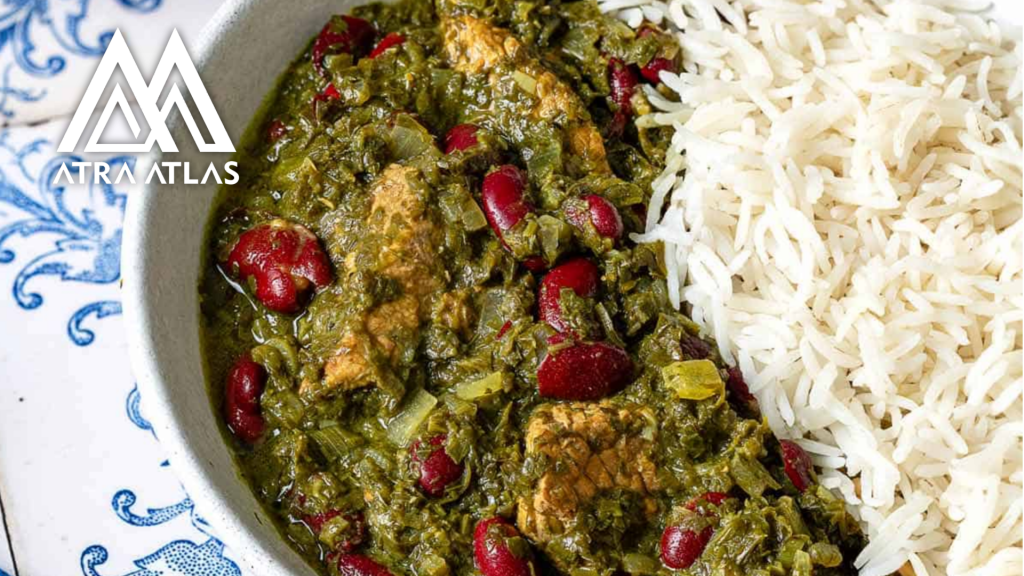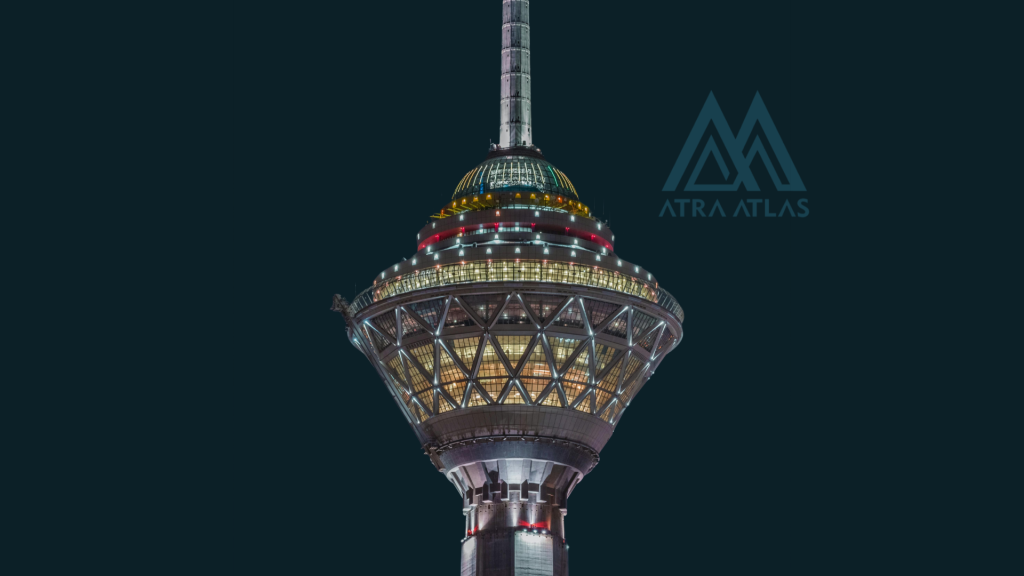
Iran Tourism
Tourism in Iran offers a wide range of activities, from hiking and skiing in the Alborz and Zagros mountains, to relaxing beach holidays by the Persian Gulf and the Caspian Sea.
Explore Iran and its 2,500-year-long culture. Travel to Iran, a land of four seasons with a rich and colorful history, countless monuments, renowned Iranian hospitality, and delicious food.
Iran is one of the world’s oldest civilizations and has been among the world’s most thoughtful and complex civilizations from the very beginning. The aspects of Iranian civilization have, in one way or another, touched almost every human being on the planet. However, the story of how that happened and the full significance of those influences is often unknown and forgotten.
Iran is a country with ancient history, diverse culture, and amazing nature. This vast country is full of outstanding tourist attractions that travelers can visit during their Iran tour.
Depending on the Iran travel destinations you choose, there will be plenty of different natural and historical attractions to explore based on your preferences. Iran offers stunning natural tourist attractions for a great journey, ranging from tall mountains and mesmerizing forests to unique geological sites and vast deserts.
There are also many cultural and historical attractions in Iran, including palaces, historical villages, mosques, and gardens. Additionally, Iran boasts 24 UNESCO World Heritage Sites that you can’t miss.
The majority of travelers choose Iran cultural tours and visit the most famous destinations such as Shiraz, Isfahan, Yazd, and Tehran. Those who are more adventurous combine their cultural tour with an Iran desert tour to explore the deserts near Kashan and Isfahan.
Many others travel to Iran to trek in the Alborz Mountain Range and climb Mount Damavand (5610m), the most prominent peak in the Middle East.
It’s possible to combine different Iran tours to experience various Iran tourist attractions, spending time in nature while also learning about Iran’s culture and history.
Tourism in Iran provides a wide range of activities from hiking and skiing in the Alborz and Zagros mountains, to beach holidays by the Persian Gulf and the Caspian Sea.
Iran is among the ultimate destinations for those interested in visiting rich and diverse cultures and traveling back in time to historical lands and monuments. With the recent addition of the “Hawraman” rural landscape and the Trans-Iranian Railway in Kurdistan province to Iran’s inscribed World Heritage Sites, Iran now boasts 24 World Heritage Sites, making it the leading country in the Middle East with the highest number of inscribed sites and the 11th worldwide.
Iran has numerous museums offering rich insight into thousands of years of national art and culture. The Iran National Museum has preserved and exhibited over 300,000 items for over 70 years, covering a surface area of over 20,000 square meters.
In terms of size, variety, and nature, the Iran National Museum serves as the largest museum for history and archaeology in the region, and is among the world’s most prestigious museums. Notable museums in Iran include the Reza Abassi Museum, Glassware and Ceramic Museum, National Jewelry Museum, Tehran Museum of Contemporary Art (TMOCA), Shiraz Pars Museum, and Iran Carpet Museum.
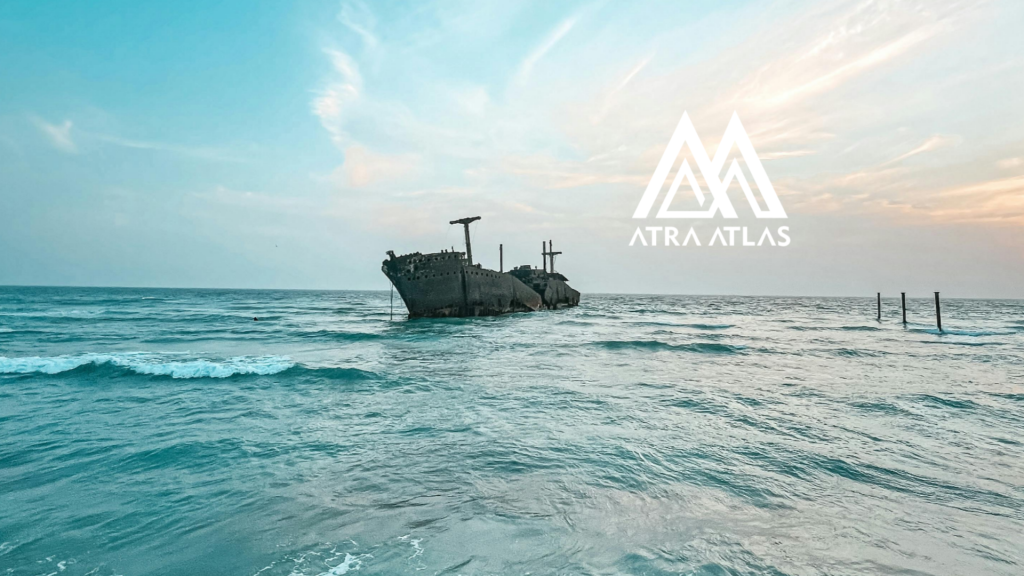
Things to Do in Iran Tourism
In Iran Tourism, no traveler will be bored. Whether you prefer visiting sumptuous palaces and historical mosques, spending time with locals, or having some adventure in deserts and mountains, there are a lot of new and amazing things you can experience in Iran.
Those who enjoy history, arts, and architecture shouldn’t miss significant historical attractions in Iran such as Persepolis and Pink Mosque (Nasir Ol Molk Mosque) in Shiraz and its nearby area, Fahadan neighborhood in Yazd, Naqsh-e Jahan Square and its surrounding monuments in Isfahan, and Golestan and Sa’dabad Palaces in Tehran.
These cultural attractions are like concrete history books and also introduce travelers to the Persian art of decoration and architectural style.
Those seeking to learn about the Iranian culture and lifestyle and spend time with locals can wander through the corridors of traditional bazaars or visit popular hangout places in each city such as Si-O-Se Pol in Isfahan, Bam-e Tehran and Tabiat Bridge in Tehran, Tomb of Hafez in Shiraz, and Amir Chakhmaq Square in Yazd.
Places such as Tomb of Hafez and Sa’adi in Shiraz give visitors great insight into the literature of Iran while Zoorkhaneh is a great place to learn about an ancient Iranian sport.
These mountains have also provided the opportunity for skiing both in modern Iran ski resorts and off-piste. Another amazing way to have an adventure and spend time in nature in Iran is off-roading in Iran deserts, where adventurers can admire the beauty of salt lakes and sand dunes, visit the famous Shahdad Kalouts (Yardangs), and also visit the hottest spot on earth at Gandom Beryan Region.
Lastly, you can mix adventure with geology and explore the unique geological sites on Qeshm and Hormoz Islands. Some of the most notable geological sites in Iran are Harra Sea Forest, The Red Beach on Hormoz Island, The Rainbow Valley, and the Valley of Stars.
You can learn more about things to do in Iran by reading about Iran destinations on this page.
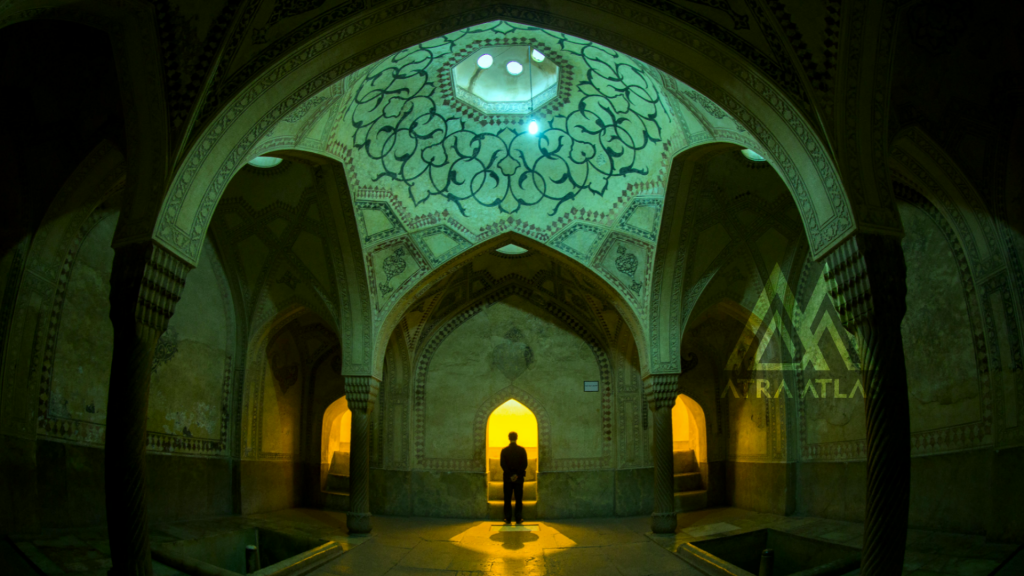
Best Cities in Iran
Iran Tourism: Picking the best cities in a country to visit often requires a lot of research, and it gets even more difficult when it comes to a country as diverse as Iran.
There is a lot to do and see in each of the Iranian cities. Therefore, one of the factors that should be considered when choosing the best cities in Iran is personal preferences for different categories of Iran attractions.
Each part of the country has its particular beauties and is known for certain types of attractions. For instance, the northern cities such as Rasht, Bandar-e Anzali, and Ardabil are famous for their stunning natural attractions, including the Anzali Lagoon and Gardane Heyran.
However, the southern cities and islands are the best choice for exploring unique geological phenomena such as Harra Sea Forest, the Valley of Stars on Qeshm Island, and the Rainbow Valley on Hormoz Island.
Moreover, former capitals such as Isfahan, Shiraz, and Tabriz, along with other cities like Kashan and Yazd, often attract travelers’ attention for their remarkable cultural and historical attractions and UNESCO World Heritage sites such as the Persian Garden, Persepolis, and the ancient city of Yazd.
Kashan, Yazd, Isfahan, and Kerman are also close to deserts. On the other hand, Tehran gives travelers the opportunity to experience the modern, dynamic lifestyle of the Iranians living in this grand metropolis and is the best place to learn about the last 250 years of the history of Iran.
Tehran is also close to the best ski resorts in Iran, and Mount Damavand and Alam Kuh, the highest and second-highest peaks in Iran, making it a good destination for trekking and skiing in Iran.
Furthermore, Iran is a country with four seasons, meaning it’s possible to experience moderate weather in some parts of the country at all times. For this reason, the weather and time of travel are other important factors to consider when choosing a suitable Iran destination.
All this being said, although each traveler may have a different opinion on the best cities in Iran, the travel route that covers Tehran, Kashan, Isfahan, Yazd, and Shiraz remains the most popular.
These cities are often considered the best Iran destinations due to the possibility of enjoying both cultural and adventurous activities in them and the fact that they include a large number of significant cultural attractions.
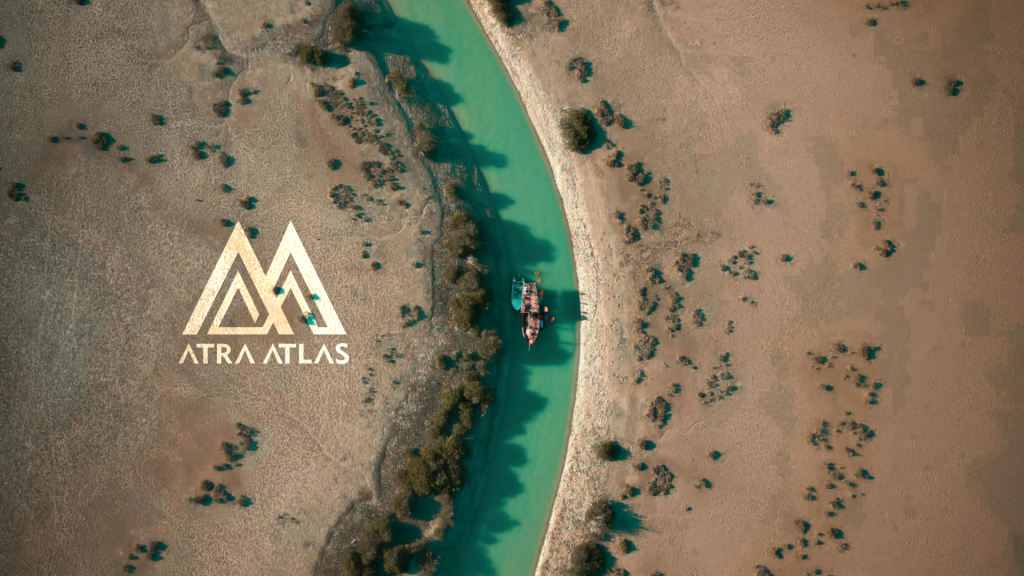
Cultural Attractions in Iran
Iran is best known for its ancient history and rich culture. It is full of outstanding historical attractions, some of which date back to more than 5,000 years ago.
The amazing cultural attractions in Iran have always fascinated travelers, and 22 of them are registered as UNESCO World Heritage Sites.
Some of the oldest historical sites in Iran are Persepolis located near Shiraz, Bam Citadel located near Kerman, and Kharanaq Village near Yazd. These sites are more than 3,000 years old.
Persepolis, the remains of the ceremonial capital of the Achaemenid emperors, is the most famous UNESCO World Heritage Site in Iran and is a must-see attraction in the country. Historical mosques are also significant cultural attractions in Iran.
They are known for their notable decorations, especially the tilework, and each is from a specific era in the history of Iran.
A few of the magnificent mosques in Iran are the Pink Mosque (Nasir-ol Molk Mosque) in Shiraz, the Jameh Mosque of Isfahan, and the Sheikh Lotfollah Mosque also in Isfahan.
Each of these historical attractions has unique architecture and tile work. Palaces and traditional houses also comprise a large part of the most interesting historical attractions in Iran. These glorious attractions belonged to kings, noblemen, and merchants from 200-500 years ago and are most famous for their grandeur and stunning embellishments.
Among them, Golestan Palace and the Sa’dabad Complex in Tehran, Ali Qapu Palace in Isfahan, and the Tabatabai Traditional House in Kashan are the most admired.
Furthermore, the Persian Garden is another impressive cultural attraction in Iran and a UNESCO World Heritage Site. They often include a mansion that is architecturally significant on its own. Naranjestan Garden in Shiraz and Fin Garden in Kashan are two of the most remarkable Persian Gardens among the 9 Persian Gardens registered as a UNESCO World Heritage Site.
There are many other spectacular historical and cultural attractions in Iran, such as traditional bazaars, ancient citadels such as the Rayen Citadel, unique villages such as Abiyaneh, bridges such as Si-o-Se Pol, and many others to visit in Iran. You can find more information about cultural attractions in Iran on this page.
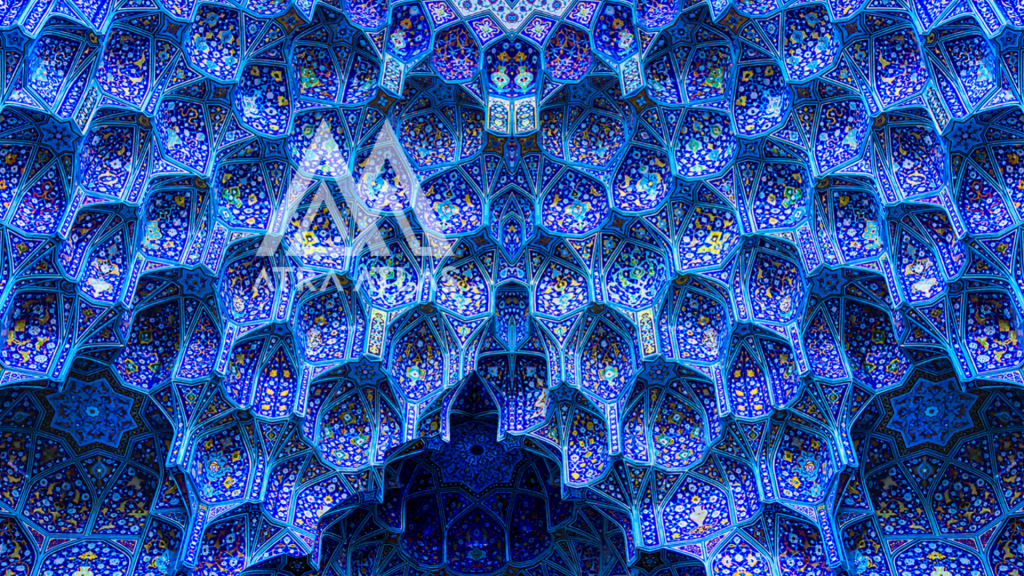
Iran Tourism: Visit Iran Top Destinations
In this section, you’ll read about the best cities in Iran, the most fascinating natural attractions, and the most remarkable historical ones, including all 24 UNESCO World Heritage Sites. You’ll also find interesting things to do in Iran and places to have local experiences.
Tehran: The capital and the dynamic beating heart of Iran.
Kashan: The jewel of Dasht-e Kavir, and one of the most architecturally beautiful cities in Iran.
Yazd: Located between the Dasht-e Kavir desert and the Dasht-e Lut desert, Yazd amazes every traveler with its beauty.
Isfahan: Known as Nesf-e Jahan (meaning half of the world) by locals, Isfahan is the cultural capital of Iran.
Shiraz: One of the most ancient cities in Iran and located near Persepolis, the capital of ancient Persia. Shiraz is known as the city of poetry and wine.
Kerman: Kerman province includes the largest number of UNESCO World Heritage Sites in the country.
Tabriz: One of the most historically and economically significant cities in Iran.
Rasht: Rasht is named one of the UNESCO Creative Cities for its delicious and various local foods.
Ardabil: Ardabil means holy town. Ardabil province is known for its delightful lakes and heavenly jungles.
Qazvin: Known as the city of calligraphy and satirical literature and one of the oldest cities in Iran.
Qeshm Island: Qeshm Island is known for its unique natural attractions and stunning landscapes. This magnificent island is also a valuable Geopark.
Bandar Abbas: The people of Bandar Abbas are famous for their unmatched kindness and hospitality.
Kermanshah: One of the other most ancient cities in Iran.
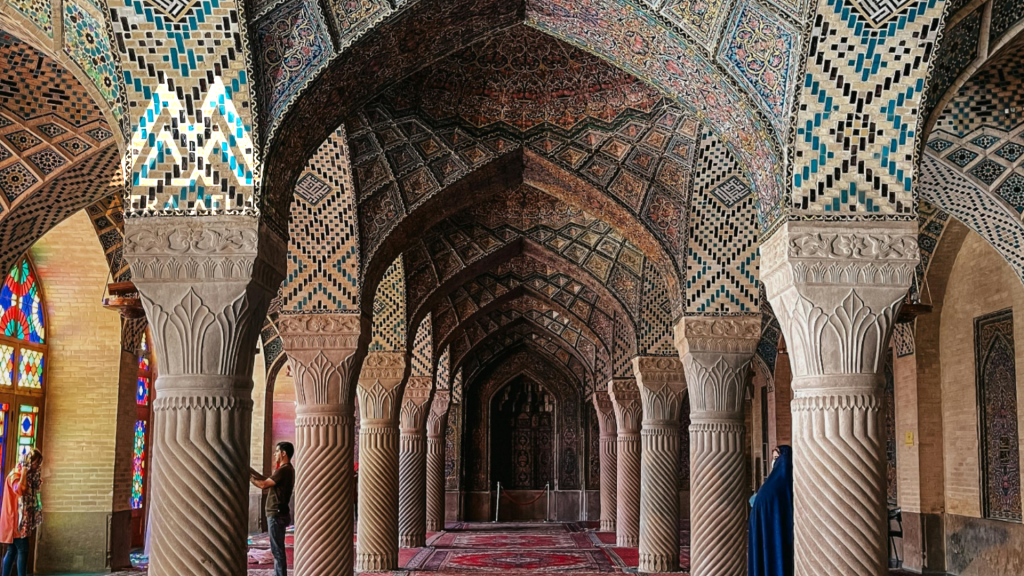
TEHRAN
Visiting the capital of any country is a must when traveling, and Tehran, the dynamic beating heart of Iran, is no exception. The population of Tehran is almost 15 million people, which is more than the population of most European countries.
The grandeur and crowdedness of this metropolis may overwhelm you at first, but once you get around, you’ll see it’s much more than traffic jams and tall buildings. This city gives you the opportunity to get a taste of the diverse cultures and lifestyles of the people in Iran alongside visiting historic palaces and museums.
The cozy cafes of the capital are great for relaxing in the evenings and enjoying a cup of coffee whilst learning about the lifestyle of young Iranians.
Tehran is the doorway to learning about the last 250 years of the history of Iran. Dating back to more than 200 years ago, Golestan Palace and Sa’d Abad Complex fascinate every visitor with their grandeur and beauty.
Inspired by grand palaces in Saint Petersburg and Paris, Golestan Palace was the official residence of Qajar rulers and the summer home of Pahlavi kings. Sa’d Abad Complex, located in the north of Tehran, was the official residence of Pahlavi rulers. This impressive complex satisfies every traveler with its evergreen trees, interesting museums, and beautiful palaces.
Tehran also has several museums, such as the Treasury of the National Jewels, in which the dazzling Daria-i Noor diamond is kept. Tehran has many other museums and monuments worth visiting.
Furthermore, this city, embraced by mountains in the Alborz mountain range, offers travelers the chance to spice up their vacation with a little taste of adventure, such as skiing in the highest ski resort in the Middle East, conquering the high Tochal summit, or enjoying the beautiful scenery whilst sitting in a cable car.
Shiraz
Shiraz is one of the most ancient cities in Iran and is located near Persepolis, the capital of ancient Persia. Shiraz is known as the city of poetry and.
This beautiful city will satisfy every traveler with its amazing gardens, historical attractions, and the friendly atmosphere of its people. Many choose Shiraz as the most memorable city they’ve visited in Iran.
Perhaps the first name that comes to mind when hearing of Iran is Persepolis (Takht-e Jamshid). The ruins of Persepolis located near Shiraz are the remains of the ceremonial capital of the Achaemenid dynasty.
For those interested in history, there is no better place than this 3,000 years old site to get to know this ancient civilization. Persepolis enchants every traveler with its grandeur, magnificent capitals, symbols, and meaningful epigraphs. Visiting Pasargadae and the tomb of Cyrus the Great is a must for getting to know the history of Iran. The tomb of this great ruler is visited by many Iranians daily.
Getting into the city, you can visit the stunning Zand complex, including Arg of Karim Khan (Arg-e Karim Khan) and the Vakil complex.
Home to Karim Khan, the founder of the Zand Dynasty, Arg of Karim Khan is an impressive citadel near the Vakil complex. This amazing citadel was built for Karim Khan and his family and served as a prison during the Pahlavi dynasty.
The Vakil complex, built for the people by the order of Karim Khan, consists of a traditional Iranian Hammam, a mosque, and a Bazaar where souvenirs and local products can be found. Not far from the Vakil complex shines the stunning Nasir ol Molk mosque (Masjed-e Nasir Al Molk), better known as the Pink mosque.
The spectacular scenery that the sun shining on the colorful windows of the praying room creates has turned this mosque into one of the most popular destinations in Shiraz. Nasir ol Molk mosque is the travelers’ favorite spot for photography.
Shiraz is the origin of the delightful Persian Garden. Among the Persian Gardens located in Shiraz, Eram Garden and Naranjestan Garden (Bagh-e Naranjestan) are the most famous. Naranjestan Garden is one of the 9 gardens considered a world heritage site by UNESCO.
This gorgeous garden, with its delightful atmosphere and the great smell of the orange trees in the air, is one of the favorite destinations in Shiraz. The magnificent pavilion at the end of the garden belonged to the Ghavam family and is embellished with seven Iranian arts.
Shiraz, the city of poets, was the hometown of two of the most famous Iranian poets, Saadi and Hafez. Saadi is known as the master of speech for his poems talking about humanity, and Hafez is known as the master of love for his unique romantic poems.
Kashan
Kashan, the jewel of Dasht-e Kavir, is one of the most architecturally beautiful cities in Iran. Many travelers choose to visit Kashan on their way to Isfahan. This oasis city is surrounded by Maranjab, Abouzeidabad, Matinabad, and other deserts.
Many caravanserais were built in the deserts near Kashan for travelers and merchants to rest. Kashan is known as the city of roses for its famous rose water. Kashan is also a popular holiday destination among Iranians due to its proximity to Tehran.
Many citizens of Tehran choose to spend their weekends exploring Abiyaneh village, the deserts around Kashan, and the city itself.
Being the favorite holiday destination of noblemen and merchants in the past, this city has lavish traditional houses with stunning architecture that takes your breath away.
Among these traditional houses, Tabatabai House (Khane-e Tabatabaei) and Abbasi House (Khane-e Abbasi) are the most impressive. Although the outside facade might not seem special, the interior is emblazoned with fine arts such as the famous stucco work of Kashan.
It’s possible to experience staying at a similar magnificent house by spending a night at one of the boutique hotels available. Sialk Hills are another significant historical attraction of this city. These 7,000-year-old historical hills can be very interesting for those interested in archeology.
In addition to the unique architecture, Kashan has ever-green gardens with a great atmosphere such as Fin Garden. Built in an oasis city, these gardens have become the visitors’ favorite place in the hot mornings.
Fin Garden is one of the most famous destinations in Iran. The Hammam inside is a great example of traditional Iranian Hammams, and the figures inside portray different roles in a Hammam.
Isfahan
Isfahan is the first city that comes to mind when speaking of Iran. Isfahan is the third largest city in Iran after Tehran and Mashhad and will give you a taste of modern life and the history of the country. Known as Nesf-e Jahan (meaning half of the world) by locals, Isfahan is the cultural capital of Iran.
Isfahan is the birthplace of many Iranian artworks and handicrafts as well. This city is surrounded by deserts such as Mesr desert and Varzaneh desert. The various types of activities available in Isfahan have made it one of the most popular destinations in Iran and many tourists’ favorite city.
This former capital now houses many historical attractions dating back to the Safavid era. Isfahan is the city of beautiful handicrafts and spectacular monuments. The main square of the city Naqsh-e Jahan (Imam) square is surrounded by magnificent monuments.
The so-called name of Isfahan, Nesf-e Jahan (meaning half of the world), refers to the wonders of the buildings in this city. The unique architecture style of these monuments catches every eye and the history behind them interests every visitor.
The meticulously designed acoustic room in the Ali Qapu Palace, the unique design of the Sheikh Lotfollah Mosque, and the beautiful tile work in the Shah Mosque will imprint an unforgettable memory on your mind.
Chehel Sotoun Pavilion (Kakh-e Chehel Sotun) is another must-see monument in Isfahan. This pavilion is known for the beautiful reflection of its pillars in the pool in front of it and the beautiful frescos on the wall telling tales of wars.
Isfahan is one of the best cities in Iran to witness the peaceful co-existence of different religions. For instance, the Jolfa quarter is the Armenian/Christian neighborhood of Isfahan and is one of the oldest neighborhoods in the city.
Vank Cathedral is one of the 13 remaining cathedrals in Isfahan and is open to the public. The combination of Christian frescos and Islamic tile work in this cathedral make it one of the unique attractions of this city.
Come the night, you can visit Khaju and Si-o-se Pol bridges. Dating back to more than 300 years ago, these bridges over the Zayandeh River are the best place to experience the nightlife of Isfahan.
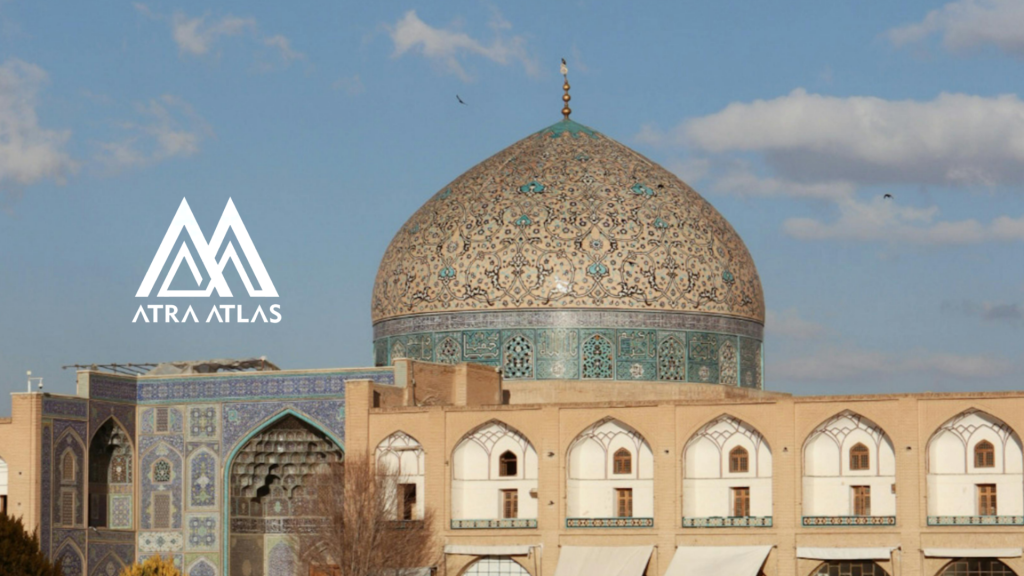
Kerman
Located in the south-eastern part of Iran, Kerman Province is the largest province in the country. This vast province includes a major part of the Lut Desert (Dasht-e Lut) and the hottest known spot in the world. The largest city and capital city of this province is also named Kerman.
Kerman Province includes the largest number of UNESCO World Heritage Sites in the country. This historical province also has amazing natural attractions such as the beautiful Lut Desert and the Jupar Mountain Range.
The people of Kerman are the most warm-hearted, hospitable, and ambitious people in Iran and will make your trip more memorable.
Kerman includes a large number of historical attractions, some dating back thousands of years. Shahzadeh Mahan Garden and Fath Abad Garden introduce visitors to the world-famous Persian gardens and provide a memorable day with their delightful atmosphere.
It’s also possible to rent a room in the hotels located inside these gardens. Much like other cities in central Iran, Kerman also includes a pedestrian square surrounded by several historical monuments that once were the most important part of the city. The bazaar, traditional bathhouse, and the mosque surrounding Ganjali Khan Square all have historical significance and are a great example of the Safavid architecture style.
Going a little further back into history, attractions such as Bam and Rayan Citadels and Maymand Village are the most significant monuments in Kerman with more than 5,000 years of history. Bam and Rayan citadels are the first and second largest mudbrick structures in the world.
After years of protecting rulers and keeping invaders out, today these impressive citadels are open to the public and among the must-see Kerman attractions. The fascinating Maymand village is one of the two hand-carved villages that are still residential.
This ancient village is one of the most unique villages in Iran.
In addition to the impressive historical monuments, Kerman also has multiple natural attractions that can add a sense of adventure to your trip. Covering 11,000 square meters of the Lut Desert, the famous Kalouts near Shahdad village are the most popular natural Kerman attraction.
These naturally shaped gigantic bumps on the surface of the earth are one of the most stunning phenomena in the world. It’s also recommended to do other adventurous activities such as camel riding, ATV riding, and safari whilst spending time in the desert.
Kerman Province also offers several options for mountain climbing enthusiasts. A variety of activities such as skiing and mountain climbing can be done in the Jupar Mountain Range and Mount Hezar (4,501m), the highest peak in Central Iran.
Furthermore, there are several options available for those looking to spend some time in local popular spots. Strolling around Ganjali Khan Square and the Grand Bazaar of Kerman gives travelers a chance to get to know the culture of Kerman whilst shopping.
The traditional Vakil Bathhouse, now serving as a teahouse, is another favorite hangout place to spend the evening.
In addition, San’ati Museum, the second largest museum of contemporary arts in Iran, is a great choice for art enthusiasts and the best place to observe some of the beautiful artworks in Iran.
BANDAR ABBAS
Located on the coast of the Persian Gulf, Bandar Abbas is the second-largest city in the southern part of Iran and the capital city of Hormozgan Province. It is one of the most important port cities in Iran and an important trade center in Asia.
The strategic location of Bandar Abbas has made it an important city throughout the history of Iran. The people of Bandar Abbas are famous for their unmatched kindness and hospitality. They speak Persian with their own special accent, and their interesting culture and traditions are unique in the country.
Bandar Abbas is the best place to learn about the unique culture of the southern part of Iran.
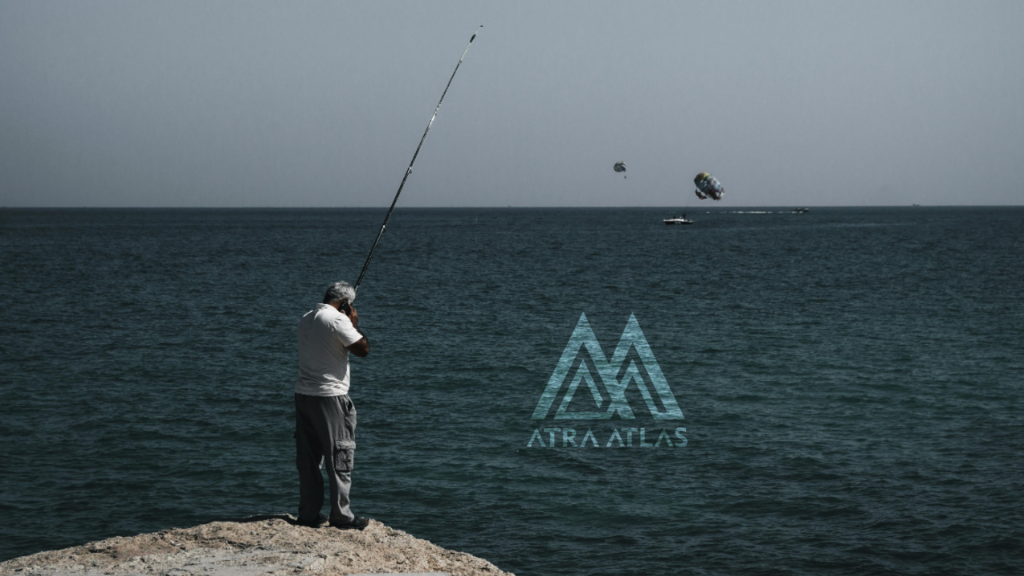
Qeshm
Qeshm Island is the largest island in the Persian Gulf. This island is larger than 20 countries in the world and is full of wonders and beauties. Qeshm Island is known for its unique natural attractions and stunning landscapes. This magnificent island is also a valuable Geopark.
In addition, Qeshm is an important trade center in the area, thus it includes many shopping centers. The interesting geological sites, the breathtaking sceneries, and various aquatic activities available alongside the opportunity to get a sense of the culture of the southern part of Iran have made this heavenly island a popular holiday destination.
Qeshm Island attracts many travelers yearly, whether they’re looking for adventure or just want to relax. Traveling to Qeshm and its nearby islands gives travelers the opportunity to relax as well as have adventures and see unique attractions, making their trip an unforgettable experience.
Qeshm Island attracts many travelers yearly with its unique natural attractions. The beautiful and pristine forests, caves, beaches, and valleys on this island and the nearby Hormoz and Hengam Islands can’t be seen in other parts of Iran.
Harra Sea Forest is one of the most famous of these attractions. This forest of gray mangroves is a natural water purifier, preparing it for other plants to use. These magnificent plants are one of the few species able to grow in saltwater.
Naz Island is another one of the famous Qeshm attractions. This rocky island is connected to Qeshm by a route available at the time of low tide. The sea level going down allows travelers to stroll in ankle-deep water and get to Naz Island. Furthermore, Qeshm Island has several interesting geological sites. A few of these sites are the Valley of Stars and Chahkooh Canyon.
These stunning geological sites are known for the amazing and wondrous shapes of the rocks. These phenomena are a result of erosion. Moreover, Qeshm Island also includes several caves, with Namakdan Cave being the most visited. The spectacular stalactites in this cave were formed over 57 million years.
The nearby Hormoz Island is another unique island in the Persian Gulf. It is well-known for its fascinating colorful soil and beautiful shore. The unique soil found in the Rainbow Valley consists of almost 70 different minerals.
Hormoz Island also includes several beaches, all of which are unique in their own way. The Turtles’ Beach is one of the few places in Iran where you can witness baby turtles crawling towards the sea in spring. The Red Beach is another famous beach on this island. The red soil of this beach is edible and is an important resource.
In addition to the breathtaking sights and amazing beaches, the islands in the Persian Gulf are great locations for resting and enjoying aquatic activities. The clean beaches, warm and invigorating water, and the various activities available such as diving, swimming, etc.
Yazd
Located between Dasht-e Kavir Desert and Dasht-e Lut Desert, Yazd amazes every traveler with its beauty. Yazd is one of the most religious cities in Iran, where Islamic ceremonies such as the Muharram Mourning Ceremony are celebrated in the best way possible.
Yazd is also the birthplace of the Zoroastrian religion, therefore it’s very famous for its fire temples. This city is known as the city of wind towers and Qanats and is the epitome of brilliant architecture in the middle of the desert. With its kind people and atmospheric alleyways and cafes, Yazd will steal your heart from the start.
This UNESCO World Heritage Site fascinates every visitor interested in history. The Jame Mosque of Yazd is one of the oldest and most beautiful mosques in Iran, built over 100 years. This magnificent mosque has some of the highest minarets in the world, almost 53 meters in height.
The stunning blue tile work of this mosque adds to its beauty. Walking around the Jame Mosque, you reach the Fahadan neighborhood. This labyrinth-like ancient neighborhood, with its narrow alleys, cool atmosphere, and cob-made houses, is the best place to wander around and get to know the historic city of Yazd.
In addition to Yazd itself, Kharanq Village is another historic spot worth visiting. This 4,000-year-old village is still home to 140 families, most of whom are Zoroastrian.
Despite being built in the middle of the desert, Yazd has amazing gardens with a cool atmosphere due to the wind towers. The most famous one is the Dowlat Abad Garden (Bagh-e Dolat Abad). This garden includes the tallest wind tower in the world.
The cool atmosphere, the running water, and the pomegranate trees have created a great resting place in this sunny city.
Yazd is also the birthplace of one of the ancient Iranian sports. You can witness the amazing Pahlevani ritual in one of the Zoorkhanehs located in Yazd. The origin of this sport goes way back in the history of Iran.
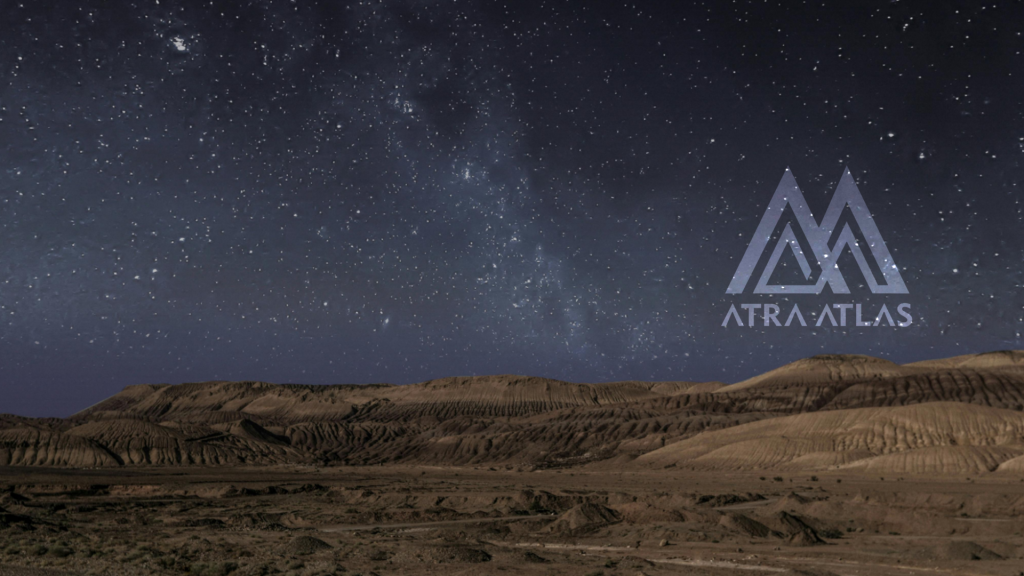
Competitiveness
With a score of 6.7 in the “Travel and Tourism Competitiveness Report 2019”, Iran has been ranked first worldwide in terms of price competitiveness. According to the report published by the World Economic Forum (WEF), which includes 166 countries and shows their performance in 14 categories, Iran stands ahead of countries such as Egypt, Malaysia, Germany, Greece, Spain, France, and Italy, in terms of price competitiveness.
Ecotourism
Iran is the most biologically diverse country in West Asia and among the top 5 countries in the world with the widest biodiversity range. According to the Iranian Department of Environment, with only 5% of its area occupied, which is an area of over 8 million hectares, Iran is endowed with more than 31 national parks, 46 protected wildlife zones, and 169 protected areas. Iran has 520 species of birds, 194 mammal species, 215 reptiles, 21 amphibians, 155 fish species, and 9,000 distinctive plant species.
Amongst the features that make Iran one of the five countries in the world with the widest range of biodiversity, the following can be mentioned: 548,000 kilometers of coastline along the Caspian Sea (630 km) and the Persian Gulf and Oman Sea (1,880 km), long mountain ranges in the West and North of Iran, two well-known deserts located in the central plateau of Iran, 50 freshwater lakes, 35 natural reserves, and 111 protected areas. The Golestan Forest, Dasht-e Kavir, Lar, Khosh Yellagh, Bakhtegan Lake, Bamoo Mountain, and other ecotourism attractions have been listed as natural parks and protected areas. Popular nature-based activities in Iran include mountain and desert hiking, bird watching, diving, and trekking. Beris Port in Sistan and Baluchestan Province, and the Chahkooh geological landmark with rain-carved rocks are listed as a UNESCO GEOP.
Iran’s cultural properties inscribed on the World Heritage List:
- Persepolis (1979)
- Meidan Emam, Esfahan (1979)
- Tchogha Zanbil (1979)
- Takht-e Soleyman (2003)
- Pasargadae (2004)
- Bam and its Cultural Landscape (2004)
- Soltaniyeh (2005)
- Bisotun (2006)
- Armenian Monastic Ensembles of Iran (2008)
- Shushtar Historical Hydraulic System (2009) S
- heikh Safi al-din Khānegāh and Shrine Ensemble in Ardabil (2010)
- Tabriz Historic Bazaar Complex (2010)
- The Persian Garden (2011) Gonbad-e Qābus (2012)
- Masjed-e Jāmé of Isfahan (2012)
- Golestan Palace (2013)
- Shahr-i Sokhta (2014)
- Susa (2015)
- Cultural Landscape of Maymand (2015)
- The Persian Qanat (2016)
- Historic City of Yazd (2017)
- Sassanid Archaeological Landscape of Fars Region (2018)
- Cultural Landscape of Hawraman/Uramanat (2021)
- Trans-Iranian Railway (2021)
